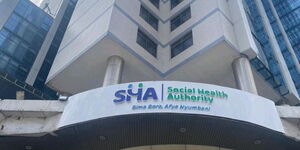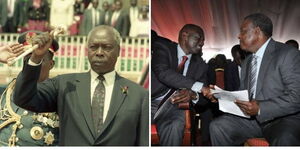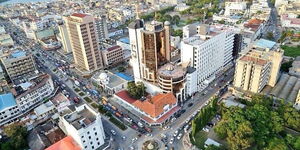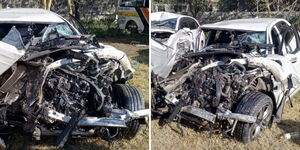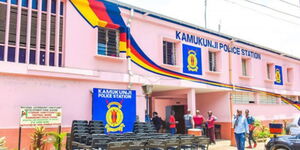Buying a car still remains a dream for many Kenyans. As required by the government, all vehicles have to be registered and with this, vehicle owners are presented with a unique number plate.
However, this was not the case when George Wilson an Australian Civil engineer, imported the first car in the country in December, 1903. Wilson drove off with his De Dion Bouton, two days after the ship it was lowered before the ship without official plate.
Kenyans.co.ke takes a look at the origin and history of the number plate system in the country.
The current number plate system was introduced in Kenya in the early 1900s shortly after Wilson bought his car. Kenya's first vehicles were identified with the letter T followed by numbers between 1 and 9,999 before the number of vehicles in the country shot up.
Soon, the colonial government added other letters from the alphabet which were unique to the 14 registration districts in the country. Cars registered in Nairobi were allocated the letters B, H, W, and T, those in Kisumu had the letter E and those in Mombasa bore letter A.
In the 1950s, the British rulers introduced the letter K, which came before the unique district letter. They further incorporated other letters of the alphabet except for I and O, a policy still being implemented today.
The number plate system then gained the format LLL NNN, where L stood for letter and N stood for a number while maintaining the unique district codes. Among the codes were Nairobi (KBB), Nyeri (KBA, KFE, KGT), Kakamega (KDL) and Kisii (KDE, KDK) just to mention but a few.
Notably, the number plates were black in colour, with the vehicle number imprinted in white for private cars while public service vehicles had white plates with black engravings.
However, for purpose of uniformity, the post-independence government centralized the vehicle registration system in 1980. The plates beginning with KS, KT, KU, and KW were launched by the state. The plates switched to today's conventional colours of white at the front and yellow at the back.
The format - LLL NNNL - was introduced in 1989 after the issuing of the plate number KZZ 999 giving birth to KAA 001A. Owing to the new system, more vehicles would be registered, with 23,976 vehicles.
In 2011, more adjustments were made to the vehicle registration system to accommodate, motorcycles, tractors, and heavy machinery. Bodabodas were issued with the prefix (KMCA), three-wheelers (KTWA), tractors (KTCA) and heavy machinery KHMA.
On January 28, 2022, NTSA launched a new set of plates are "KC" for container freight stations, "KG" for garages and "KT" for towing companies. Other special number plates include the Kenya Garage (KG) used by vehicle importers, KX used by NGOs, Diplomatic plates, Parastatals, and county government plates which are unique in colour.

